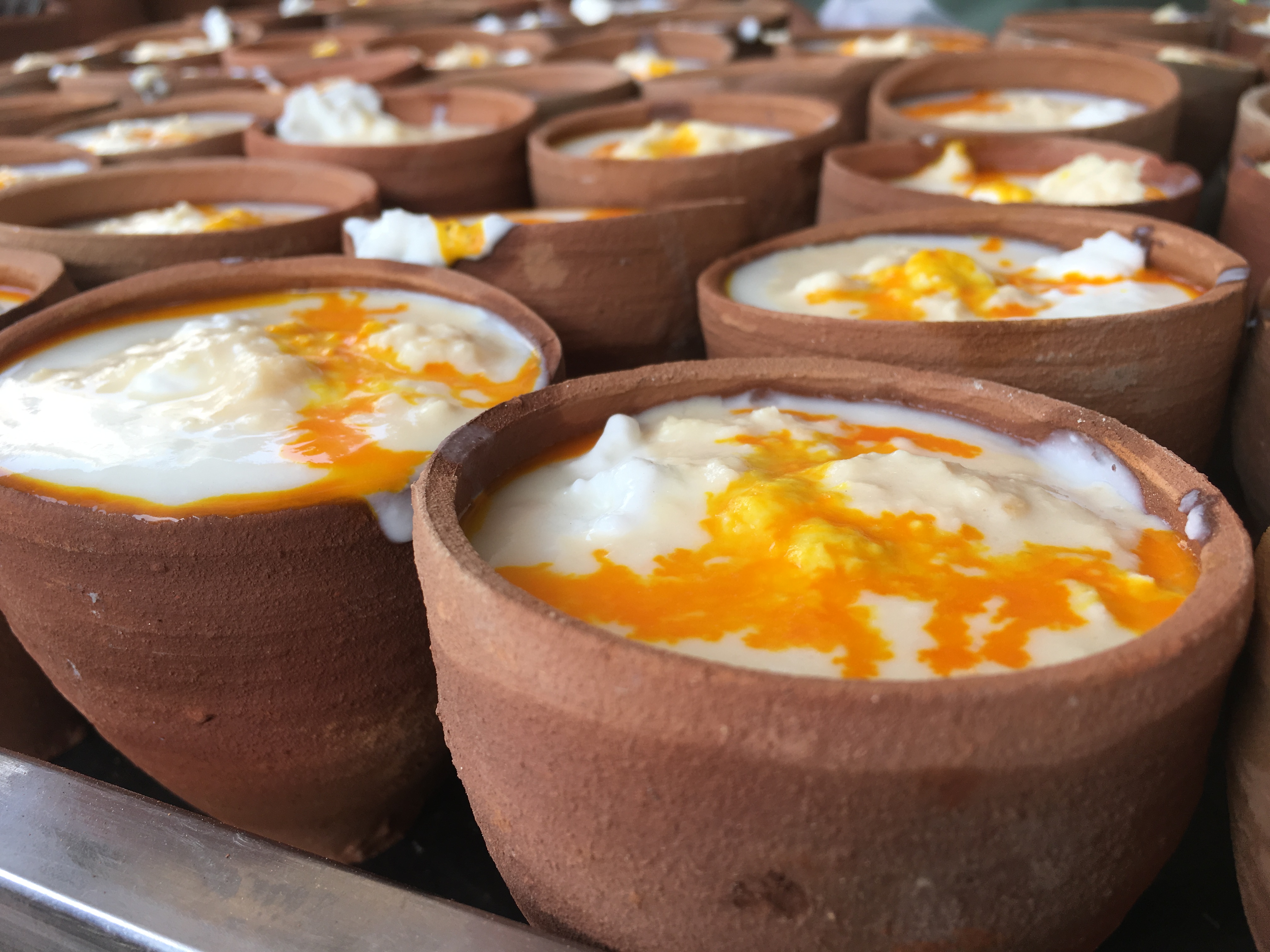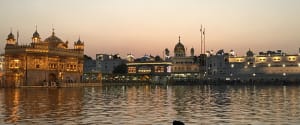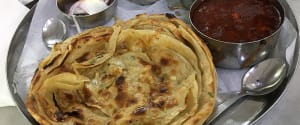In the wake of the current pandemic followed by the prolonged lockdown in the country, it is the country’s informal workforce that has been badly hit. The loss of livelihood and dwindling resources have left them in great distress. A notable chunk of this unfortunate category includes the street food vendors who are our prime stakeholders.
Apart from the suspension of work due to the deepening Covid-19 situation in India, the most worrying part of this crisis is that nobody can predict their comeback which seems to be long and arduous. We are deeply anxious as to what challenges will come their way once the grip of the pandemic loosens and things start getting back to normalcy. Also what kind of skill sets they would need to imbibe to win back the confidence of the consumers is what needs to be pondered about. These were the few questions that have been bothering us for a while and we are trying to get answers for it.
Having spoken to a couple of the vendors like the one who sells parathe and the daulat ki chaat wala with whom we have been working closely, we realized how grim and uncertain their situation is.
To get some clarity about this distressing situation and the way ahead, where a huge chunk of the street food vendors all across the country are staring at an abyss of loss of livelihoods. and the way ahead, we spoke spoke to Ms. Sangeeta Singh who is the Head of Programs at NASVI. It is an organization working for the protection of the livelihood rights of thousands of street vendors across the country. Their scope of work also covers the street food vendors.
Currently everyone is talking about the fate of the restaurant and hotel industries in the wake of the pandemic. But no voices have been heard about the plight and rehabilitation of the street food vendors. So what would be the status of the street food vendors once the crisis recedes.
Sangeeta agreed that in Delhi itself many issues pertaining to the street food vendors have come to the forefront which they are trying to find solutions to. She is of the opinion that it is impossible to talk about the food of a place without mentioning the street food vendors. When we talk about food, culture, and tourism we should understand and acknowledge the fact that it’s the street food vendors who represent our food cultures to the world. Moreover when you go to any corner of India and yearn for the real food over there then you often approach a street food vendor.
NASVI has been working with street vendors on different aspects. Since it is a livelihood advocacy organization, the major volume of their work is directed towards improving their livelihood. They train them on hygiene issues as the sale of hygienic food naturally boosts their income. Till now they have trained vendors from 19 to 20 states. She informed us that in their training itself the livelihood component is attached.
Due to the Covid crisis, we all are distressed but the section that is most affected is the informal workforce especially the own who are self employed there trouble is more and the plight of the food vendors is more than others and we are working on that.
Speaking about the measures that they have undertaken during this pandemic, Sangeeta told us about the letters they have written to the PMO and the Ministry of Housing and Urban Affairs mentioning that they should rope in the food vendors to distribute food arranged by the government to the needy. They know their respective localities so well hence they could have used that channel but that did not happen.
As per an advisory general street vendors can resume work after sometime but not the street food vendors. They cited the issue of crowds.The government should think about what they will do for livelihood. They lack the capital to start something new and their savings would be exhausted soon. NASVI is working on ways to support them but they can’t fix things alone. They have distributed ration to 1500-1600 people from their own end but unless their livelihood is revived it really won’t make much difference to their ordeal.
Currently they are thinking about an app through which vendors can directly stay connected to the customers. The food vendors are on tenterhooks whether they can put up their stalls soon after this. Sangeeta said that the coming three months of transition is going to be a phase full of confusion both for the vendors and consumers. She and few leaders from her field have undergone training on Covid precautions. But what she really fears the most is that if e-commerce things pick up fast in the favour of the restaurants then the vendors might go into oblivion. Hence they are trying to find ways to implement home deliveries for the street food vendors and to train them. They would also be sensitizing the customers about their role and support. She further added that in the face of crisis we can’t dismiss them and leave them to their fate saying that we are afraid to have the food that they serve.
Sangeeta rued the fact that there aren’t any credible bodies like the one working for the restaurants named National Restaurant Association of India. Their organization works for all vendors but has a specific team who works for street food advocacy. Recently we stood for the vendors in Mumbai. Food Safety and Standards Authority of India (FSSAI) partners with them to conduct training programs for vendors.
So what all steps need to be undertaken for their survival? What are the alternative livelihood options and what will happen to their skill sets? These are some burning questions bothering the fraternity.
Sangeeta opines that the global change is going to affect them badly and we have to again work on their revival. Vendors are realizing the importance of hygiene. Hence they will have to adopt measures to ensure that the food they serve has to be hygienic otherwise people are going to reject it. We citizens along with have to create a positive ecosystem and have to show generosity to save the spine of the food culture. We have to educate vendors and give them proper training. Their unit is small and hence it is not hard for them to emulate the healthy practices.
We customers have to order things maintaining a distance. As far as the payment mechanism is concerned, digital things have been there for the past 3-4 years and have to be made more vigorous. Sangeeta believes that till date it was luxury but now it won’t work like that. Even the vendors won’t be able to take currency notes as they are vulnerable as well. If consumers are at risk, then the vendors too are at risk. So many things need to change. Currently the vendors have to display the guidelines from NASVI on their cart. Now they will be given Covid specific pointers that will be added to the current training module.


















